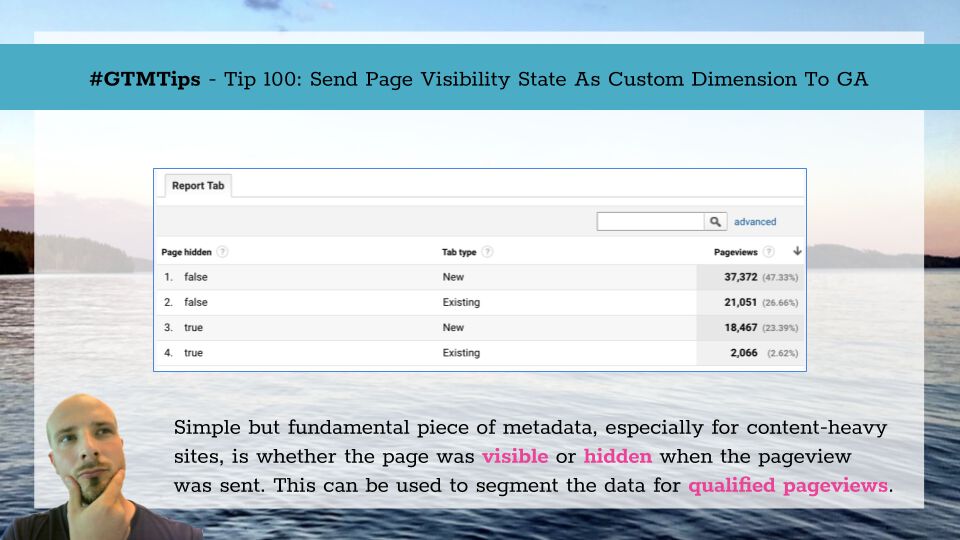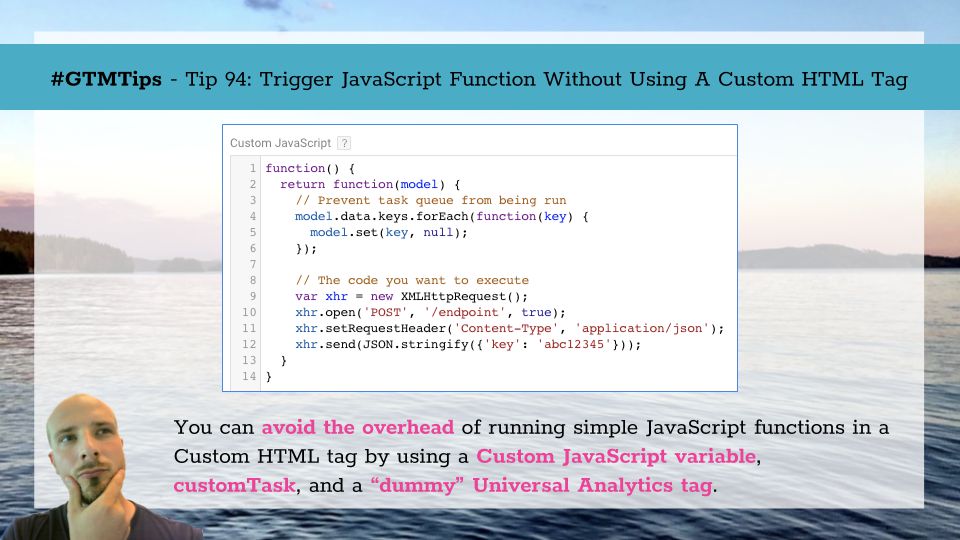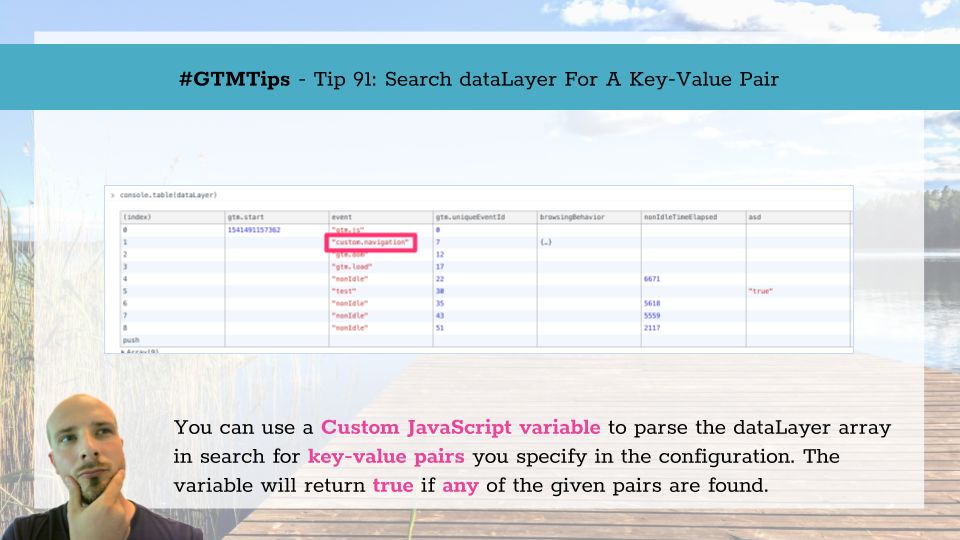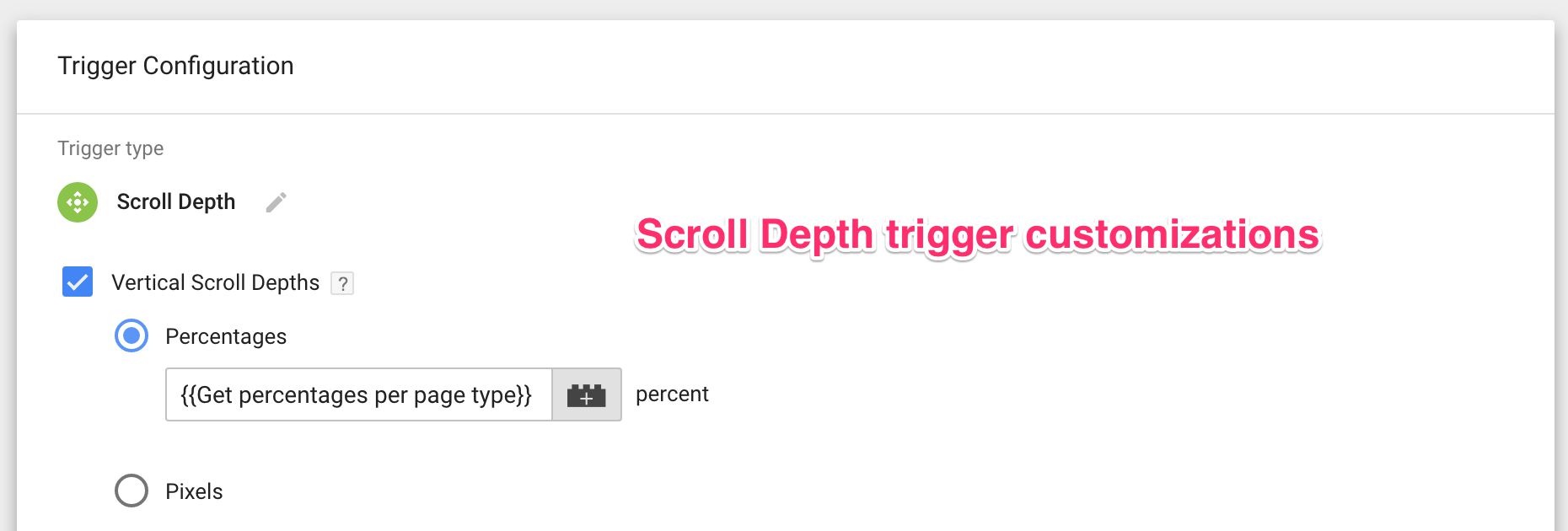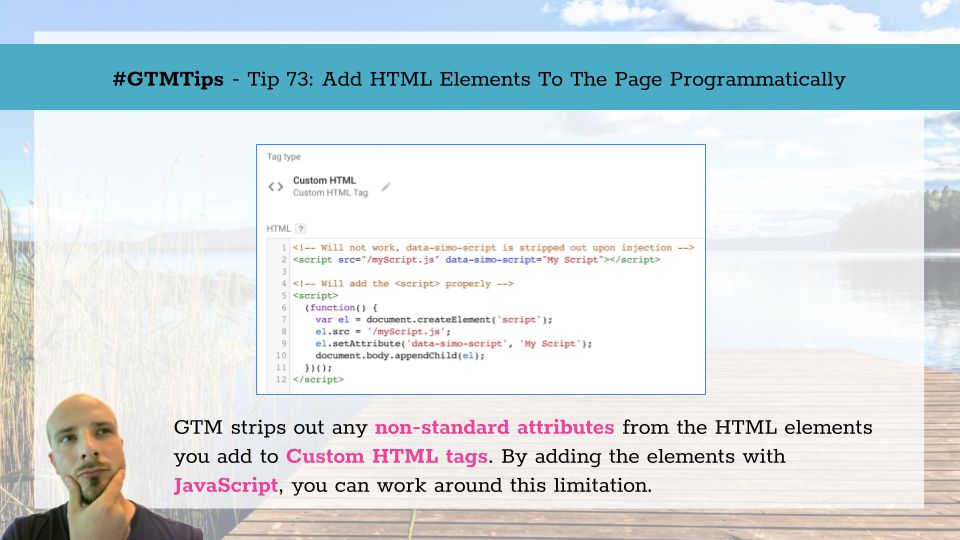The shadow DOM is a way to add HTML structures to the web page so that they remain isolated from the rest of the document object model (DOM). It’s a popular concept with web components, as it allows for encapsulation of web structures so that they aren’t affected by style declarations of the parent tree, for example.
However, being such a “hidden” structure, anything that happens in the shadow DOM is also hidden from Google Tag Manager’s listeners.

